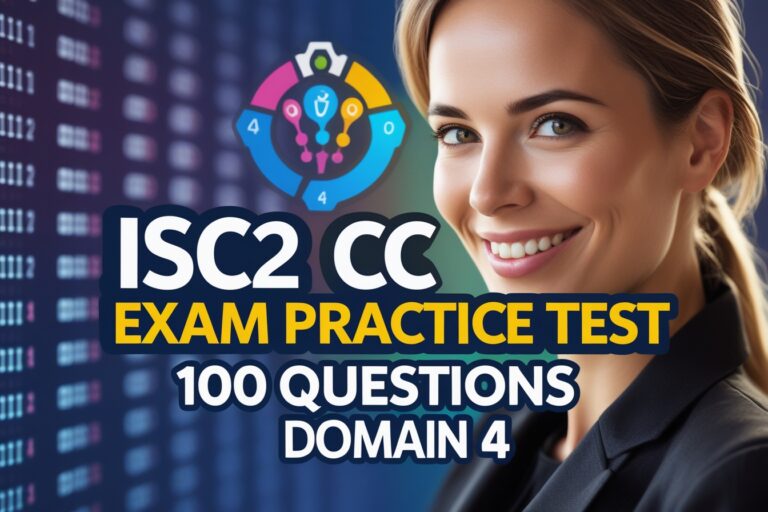1) A source program is the program written in which level language?
A. English
B. Symbolic
C. High-Level
D. Machine
2) Which of the following operating systems do you choose to implement a client-server network?
A. MS DOS
B. Windows 95
C. Windows 98
D. Windows 2000
3) Which has the maximum capacity?
A. Floppy disk
B. Zip disk
C. jaz-cartridge
D. super disk
4) Which is a non-standard version of computing language?
A. PROLOG
B. APL
C. ARMY
D. PL/1
5) A co-processor
A. is relatively easy to support in software
B. causes all processes to function equally
C. works with any application
D. is quite common in modern computers
6) All of the following are examples of input devices except
A. COM(Computer Output Microfilm)
B. Touch Screen
C. Optical scanners
D. Voice recognition device
7) The time for which a piece of equipment operation is called?
A. seek time
B. effective time
C. access
D. real time
8) Number cruncher is the informal name for ..
A. mini computer
B. supercomputer
C. microcomputer
D. mainframe computer
9) The two types of RAM are…
A. Volatile and non-volatile
B. erasable and programmable
C. static and dynamic
D. none of the above
10) The range of frequencies available for data transmission is known as
A. Baud
B. Bandwidth
C. Frequency range
D. Bits
Read Also: Objective Questions and Answers on Computer Basis
11) Each model of a computer has a unique…
A. Assembly language
B. Machine language
C. High-level language
D. All of the above
12) The two types of auxiliary storage devices are…
A. random and sequential access
B. MDIA and MIDI
C. VGA and SVGA
D. None of the above
13) A file containing relatively permanent data is…
A. Random file
B. Transaction file
C. Master file
D. Sequential file
14) Which of the following is the slowest in accessing data?
A. zip disk
B. hard disk
C. floppy disk
D. magnetic disk
15) Which computer peripherals are mounted in a frame?
A. Microcomputer
B. Mainframe computer
C. Mini computer
D. Supercomputer
16) The only function of a not gate is to …..
A. stop a signal
B. re-complement a signal
C. invert an output signal
D. act as a universal gate
17) A computer in which data is represented by a continuously variable physical quantity is …..
A. Digital computer
B. Analog computer
C. Hybrid computer
D. Machine inbuilt computer
18) Which of the following is generally used for backup?
A. CD-ROM
B. Hard disk
C. Floppy disk
D. Magnetic tape
19) The instruction for starting the computer are housed on …..
A. Random access memory
B. CD-ROM
C. Read only memory chip
D. All of the above
20) The operating system manages
A. Memory
B. Processes
C. Disks and I/O devices
D. All of the above
Answers:
1) C. High-Level
2) D. Windows 2000
3) C. jaz-cartridge
4) C. ARMY
5) A. is relatively easy to support in software
6) A. COM(Computer Output Microfilm)
7) B. effective time
8) B. supercomputer
9) C. static and dynamic
10) B. Bandwidth
11) B. Machine language
12) A. random and sequential access
13) C. Master file
14) D. magnetic disk
15) B. Mainframe computer
16) C. invert an output signal
17) A. Digital computer
18) D. Magnetic tape
19) C. Read only memory chip
20) D. All of the above







